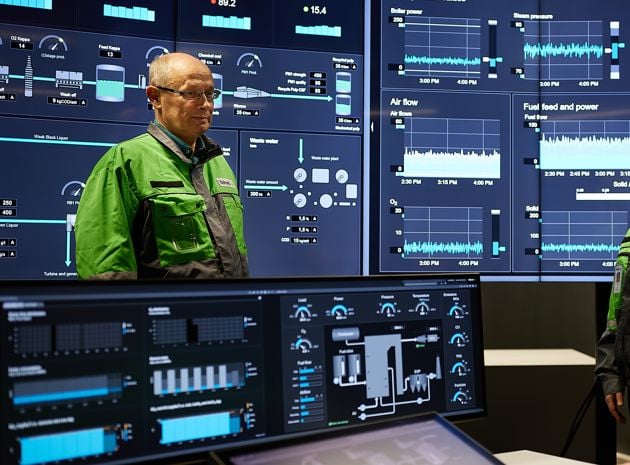Ethernet-APL advancements for field devices in process automation

Processes in the most hazardous areas have long been limited to individual discrete/analog sensors or to fieldbuses that are too expensive, complex, and slow. As technology changes, manufacturers of the products installed into these environments need to be prepared to respond to customer needs. We sat down with Valmet expert Tomasz Jarzabek to discuss what this means at Valmet when it comes to technology development with APL.
What is APL?
Ethernet-APL is Advanced Physical Layer. It was developed to meet the needs of process industries by providing data and intrinsically safe power to a field device over only two wires and over a longer distance of up to 200 meters.
What was the key decision-making factor to develop field devices with APL technology?
Research and development of products using APL technology has been on our radar for about five years. It is a requirement our customers need given that Ethernet is the backbone of most control systems. The advancement of APL allows bringing native communication to the field device with need for intrinsic safety. Our customers have trusted us to develop valve controls, valve monitors and limit switches that work with their valve regardless of valve type or valve manufacturer. APL is the natural direction in our product offering to deliver the correct technology that will integrate into their control architecture. Ultimately, this decision is a result of our goal to meet and exceed our customers’ requirements. It is why Valmet is focused on valve automation excellence.
What makes the APL technology unique compared with currently available network technologies for field devices?
APL provides effective integration with a less complex installation process as well as easier wiring options. The ability of longer cable runs also means the need for fewer field devices. These are some of the key factors that makes this technology unique. The digitalization component adds more benefits with both improved diagnostics and field safety. More reliable communication from the control system to the field device is another benefit, which is especially necessary when devices are installed in hazardous areas.
Which industries are going to benefit the most thanks to APL technology?
Process plants will all be able to benefit but especially those with hazardous locations, such as oil and gas, industrial gases, life science and many more industries with communication protocols and DCS/PLC control systems.
How do you see APL improving the Valmet offering within the automation and smart technologies?
Providing products with APL is necessary as a leader in technology. This development improves our innovativeness and expands our product synergies. It is a strategic advantage, even a necessity, to provide technological advancements in our field devices. Customers need products that can function with communication protocols such as PROFINET and EtherNet/IP. More than function, to offer a reliability and sustainability they can trust. This key focus is always at the forefront of our product development.
At Valmet, we operate in a highly innovative culture. We stay informed of automation trends, initiating advanced research and development so our smart technology is available at the right time for our customer. Integrating new technology, such as APL, into our products is a natural fit to our product portfolio of already proven communication technologies, which have a large installed base globally. We know customers will integrate APL field devices into their plant architecture eventually so when that time comes, it is our desire to ensure our product offering is interoperable with their other Ethernet enabled equipment.


Subscribe to our newsletter
Subscribe now to flow control newsletter and receive the latest insights directly to your email.
Subscribe